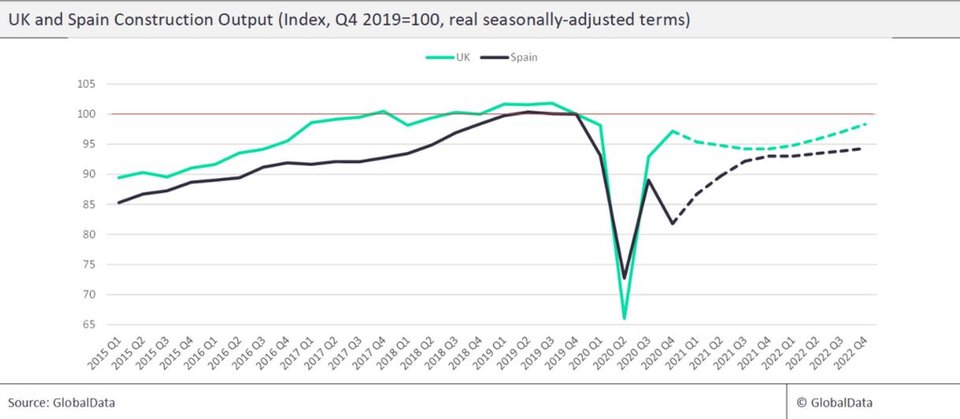Comment
Digitising the commissioning process to uncover issues on new builds
Paul Banks, principal at B2QAssociates and Mark Pipher, vice-president and general manager of FacilityConneX, explain the benefits of digitising the commissioning process for new construction projects to help get installation right the first time.
New buildings and major retrofit renovation projects are prone to installation and setup issues that can cost thousands in lost hours and costs. As projects near occupancy, contractors and commissioners need to ensure all systems are working harmoniously. Particularly on large projects, it’s impossible for them to be everywhere and confirm that everything is working according to the design intent.
As smart buildings evolve, so do the commissioning tools used. Enter advanced monitoring-based commissioning (MBCx) platforms. Project teams are starting to increasingly incorporate MBCx, which helps them monitor installations in real time without having to physically be present through pulled, consolidated views of building automation system (BAS) data and advanced analytics.

New Clark City is a smart city in development in the Philippines. Credit: Broadway Malyan
What is MBCx?
Monitoring-based commissioning (MBCx) software came to prominence in the wake of the electricity crisis of 2000-2001 in California. The Federal Energy Management Program started to explore the Department of Energy’s ALERT [Assessment of Load- and Energy-Reduction Techniques] Program for federal facilities.
Early products were focused on central plants and rooftop units. Over the next decade identified advancements kept coming that allowed the software to analyse a broader set of equipment types, including airside equipment. Site-hosted systems gave way to cloud-based applications.
MBCx software is becoming more widely accepted for existing buildings as the quick return on investment is recognised by facility managers, and use is also gaining traction for new builds in the construction industry.
Having a piece of software that uses a non-proprietary-based data exchange means the files can be easily shared.
What does MBCx bring to new construction projects?
Transparency: MBCx software can be installed during the testing, adjusting and balancing (TAB) and controls start-up period in the final stages of construction. Bringing MBCx in at this stage allows the entire project team to use the system throughout the commissioning and acceptance process. It provides a clear look into the data to see what has and has not been completed.
Commissioning: Traditional commissioning and statistical sampling are limited in frequency and comprehensiveness due to time and budget constraints. With the help of MBCx, automated analytics can be run continuously, allowing for 24/7 checks that equipment is operating properly. It also allows project teams to gain access to analytics on all pieces of equipment, not just a few.
Data management: Often, historical data is not backed up early in the start-up process or is lost due to documentation tracking issues. MBCx allows for the storage of analytic results and trend data indefinitely in the cloud, so they can be accessed at any point in the project. MBCx platforms can also incorporate artificial intelligence, helping the software learn from historical data to predict future behaviours and occurrences.
Remote access: Traditionally, commissioning agents, engineering team members and manufacturer’s representatives would travel to the project site to assist contractors with troubleshooting during start-up and commissioning. MBCx eliminates this process as it provides a web portal where information collected with the software can be accessed remotely from any web-enabled device. This allows for issues to be reviewed and investigated remotely.
When it comes to installing equipment in new build projects, not knowing if faults exist or have been corrected during the warranty period can cost everyone, including the design-builder. MBCx can help project teams assess and confirm whether building systems are working as they should, both for initial acceptance and during the warranty period.
Main image: Construction workers return to work in Barcelona, April 2020. Credit: Daniel Ferrer Paez | Shutterstock.com